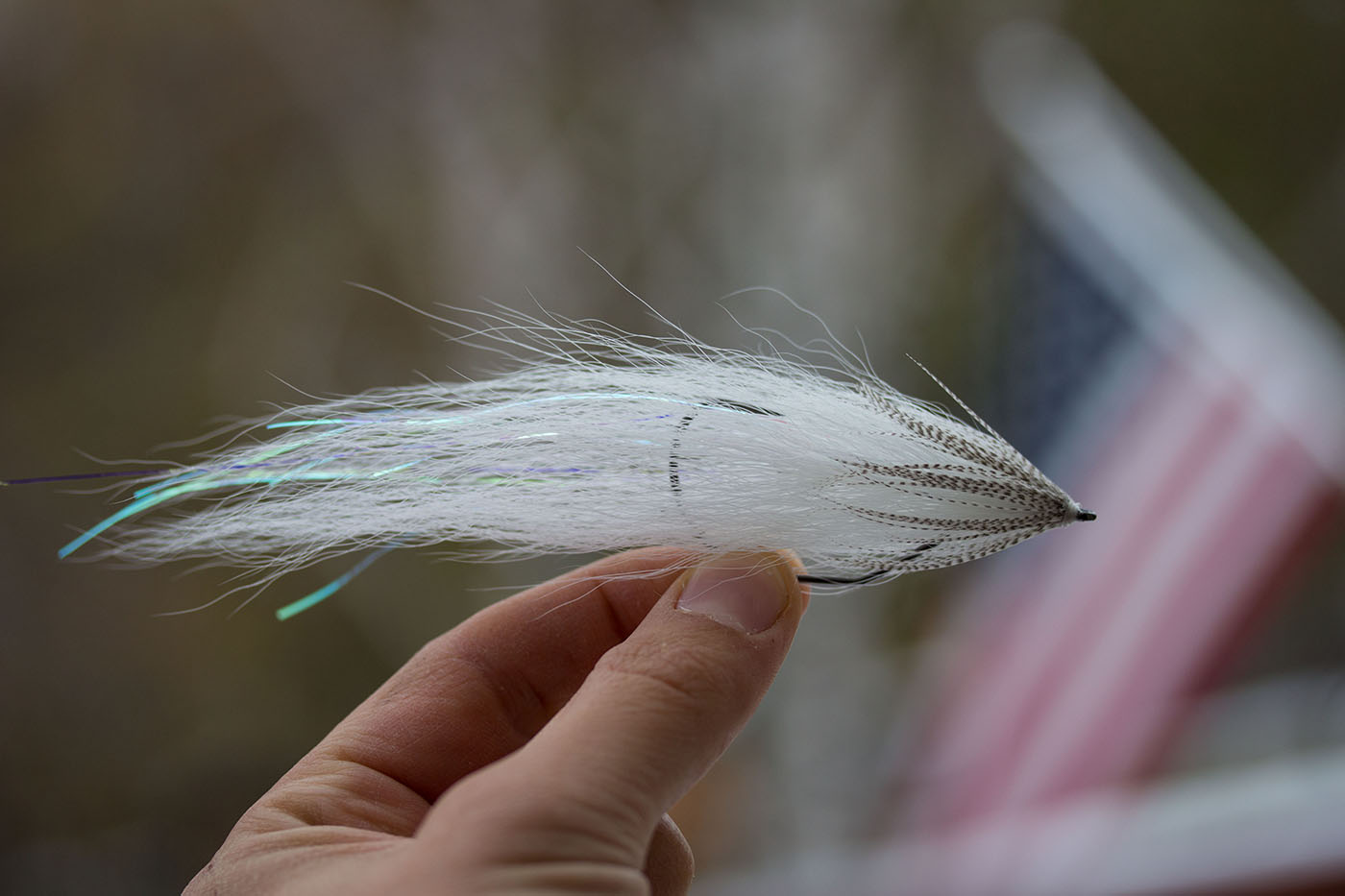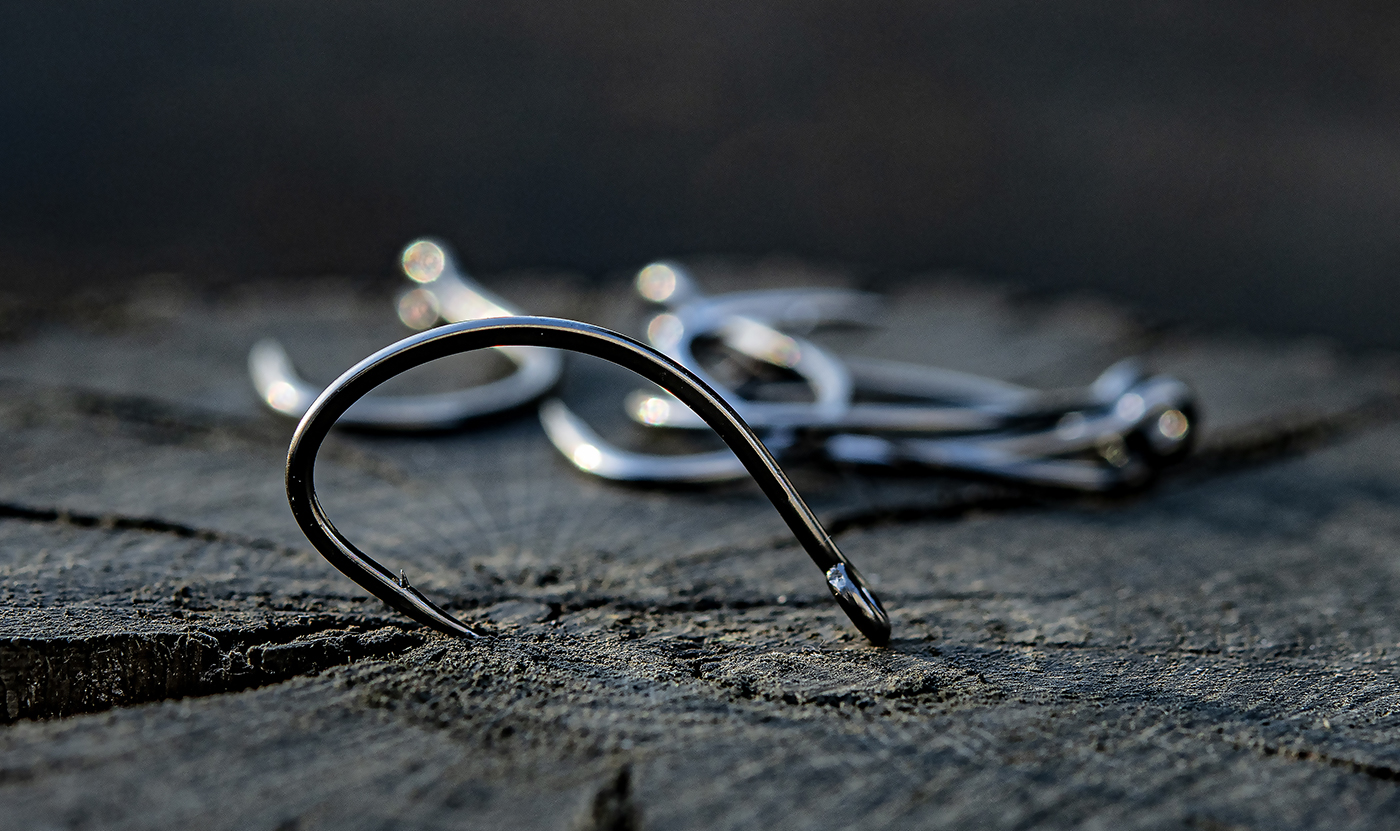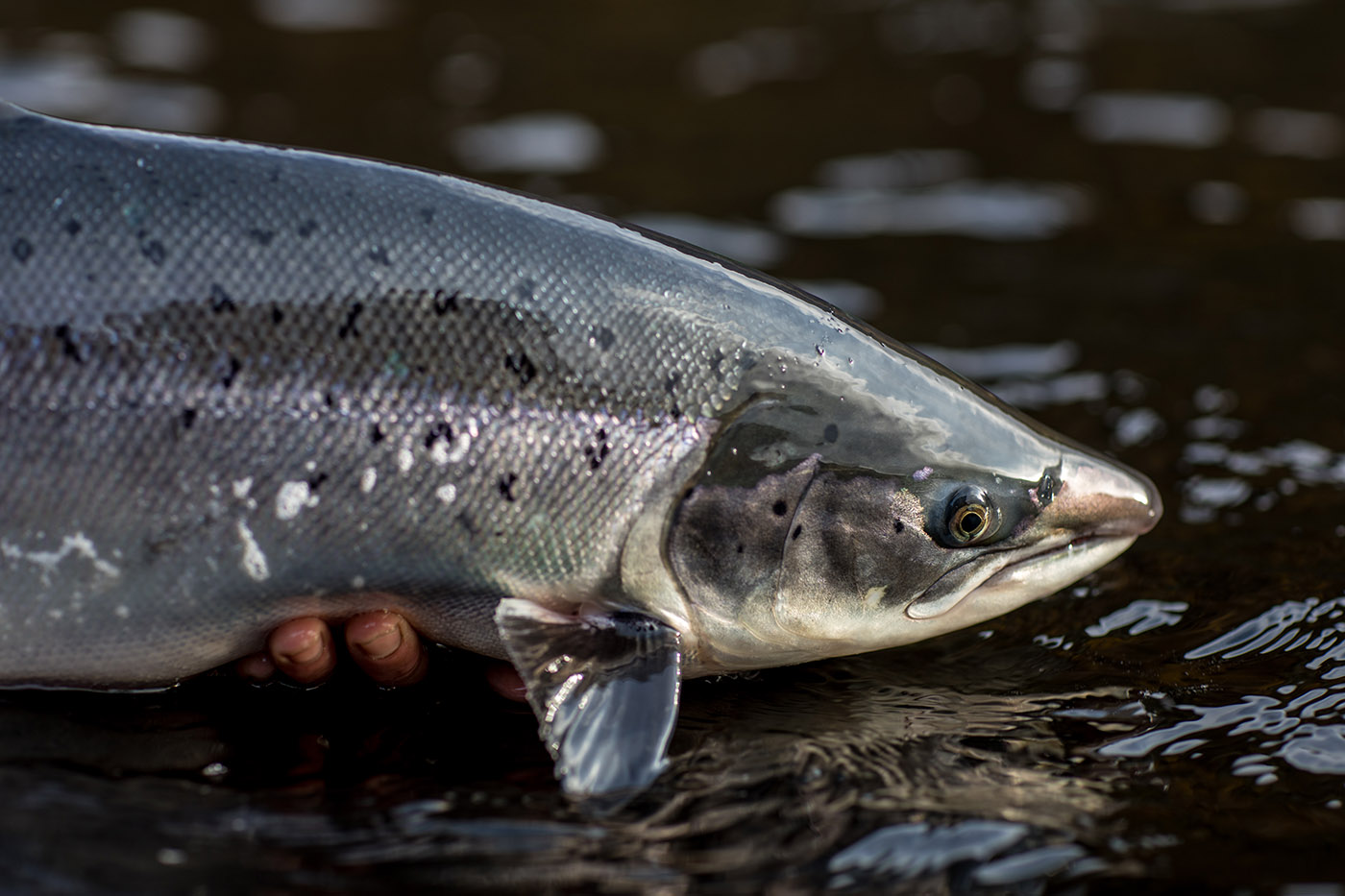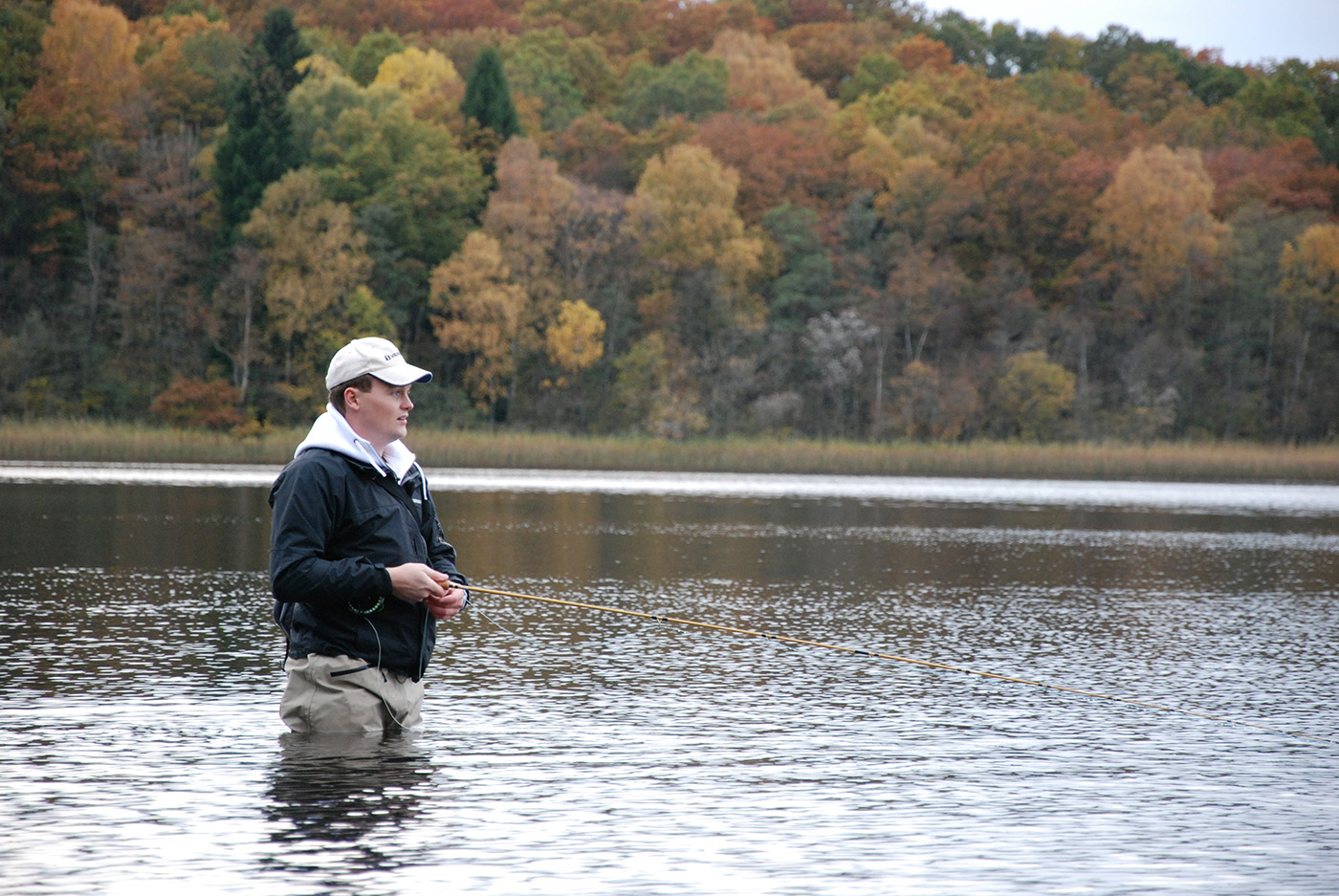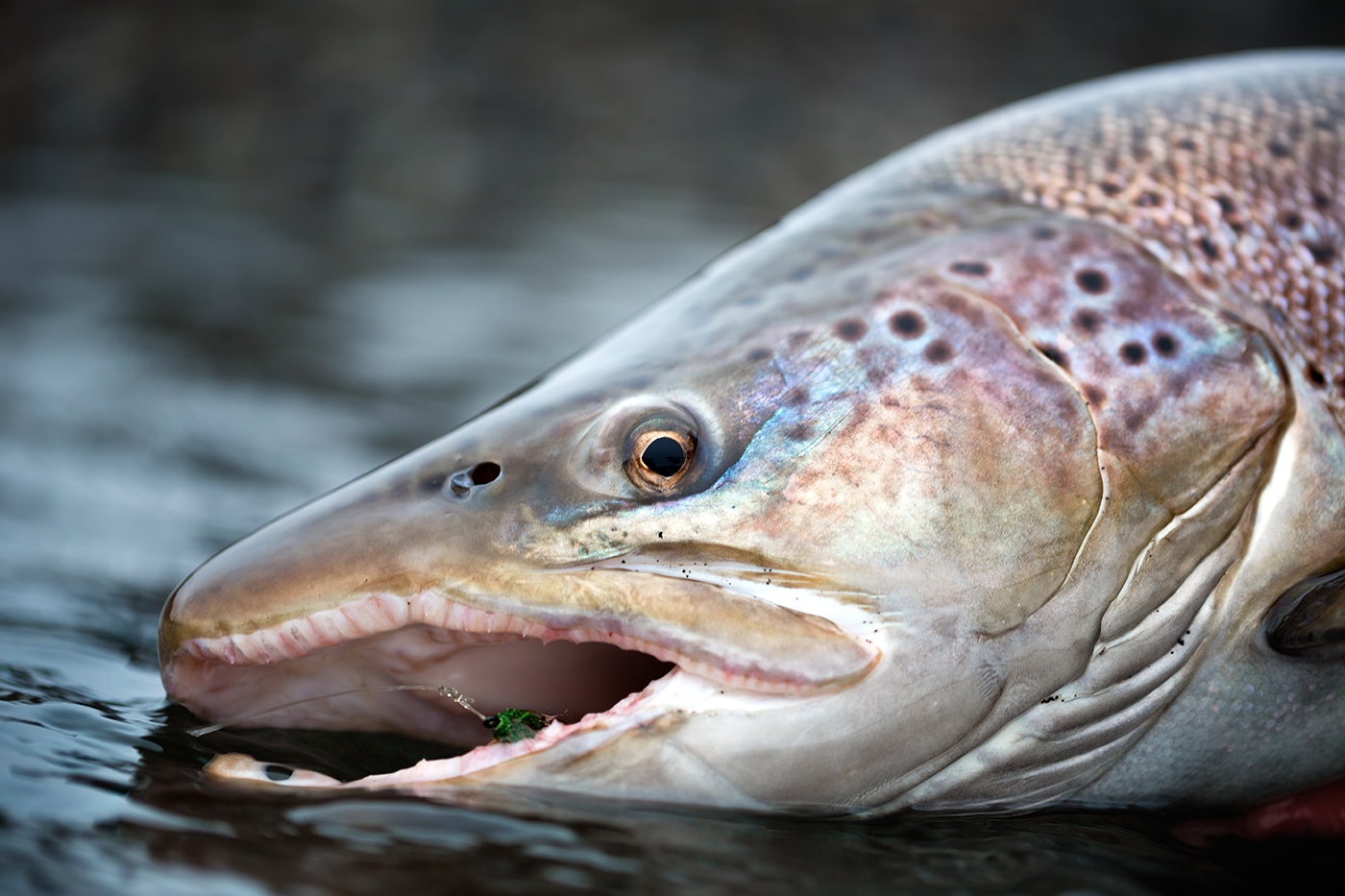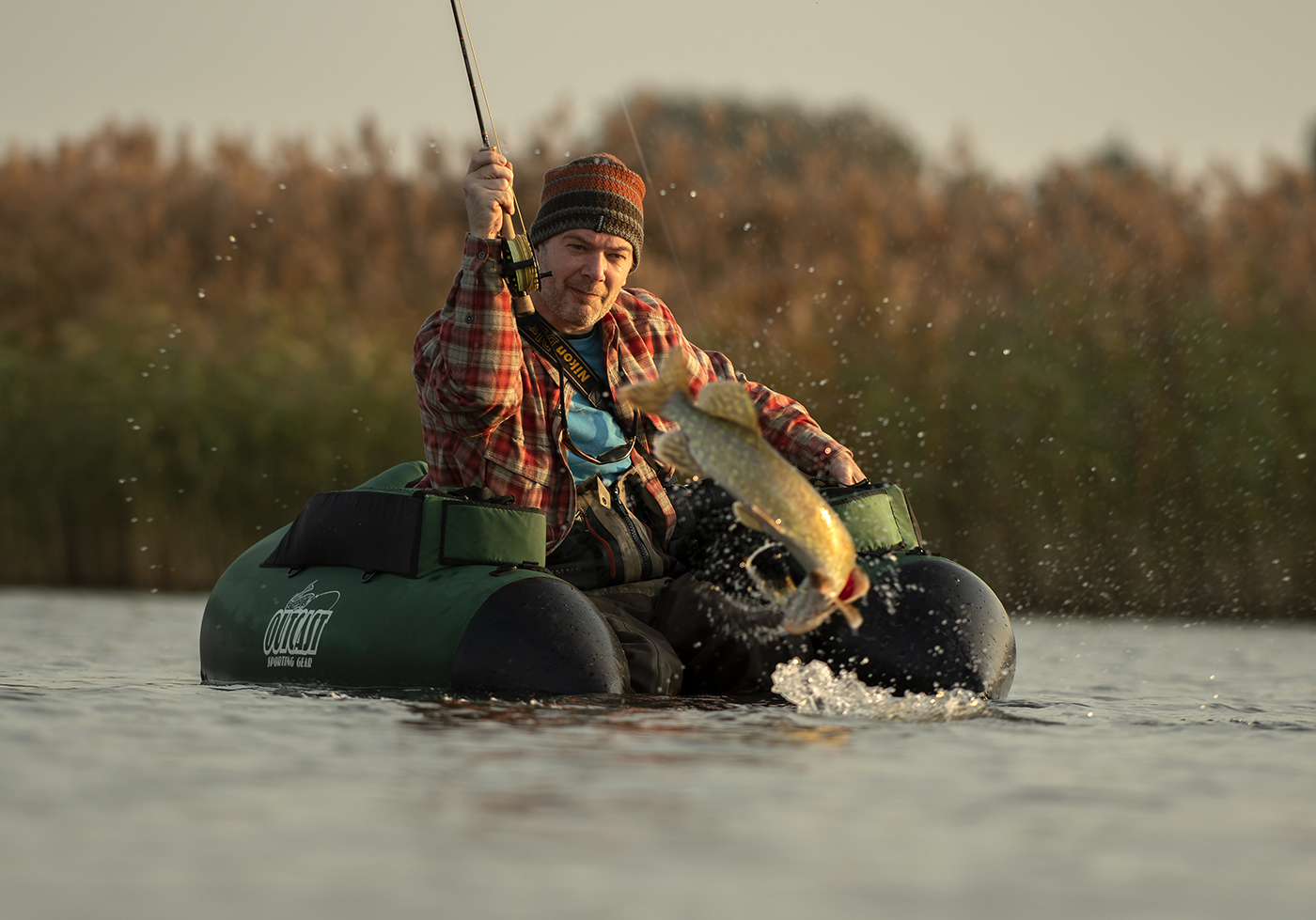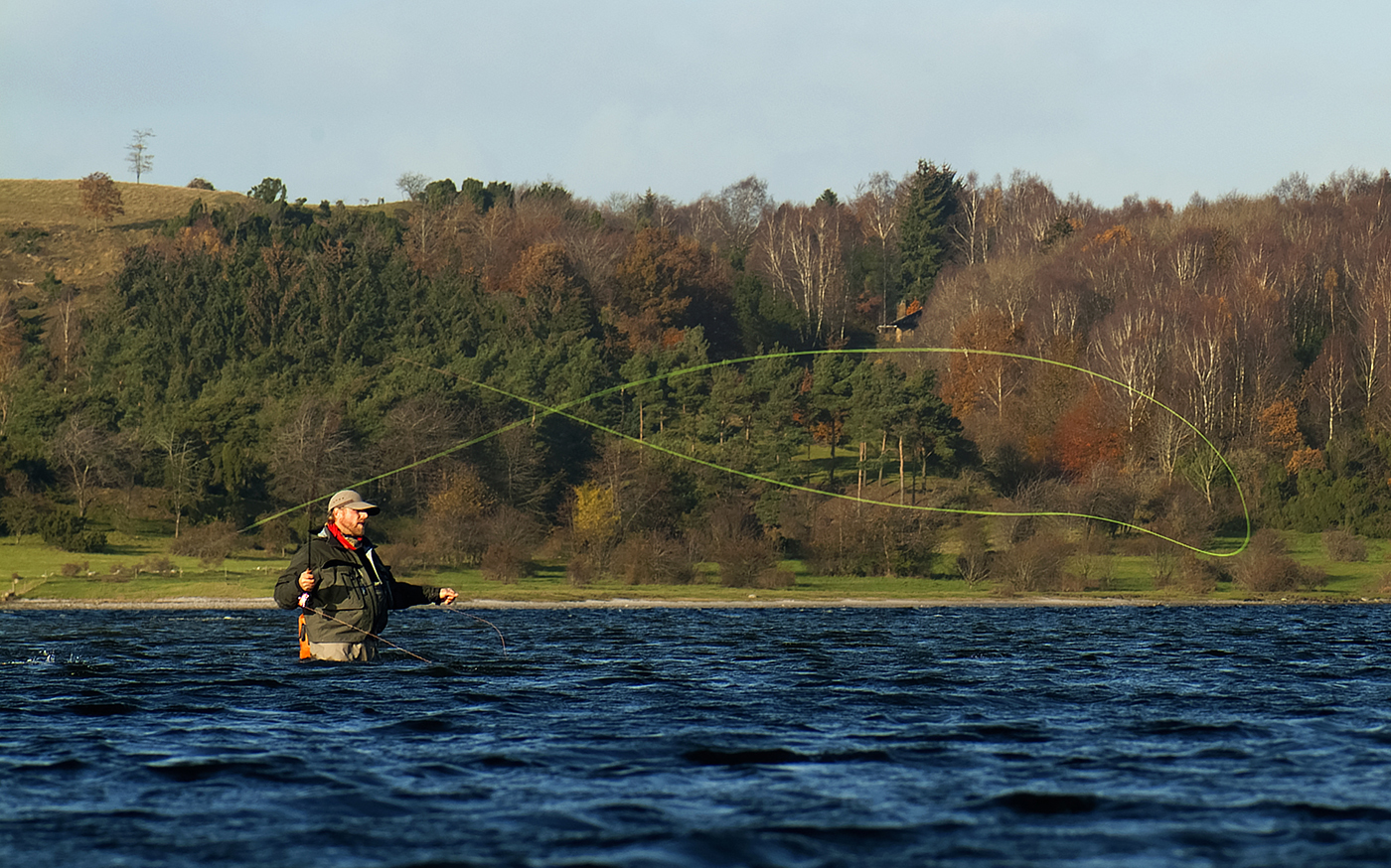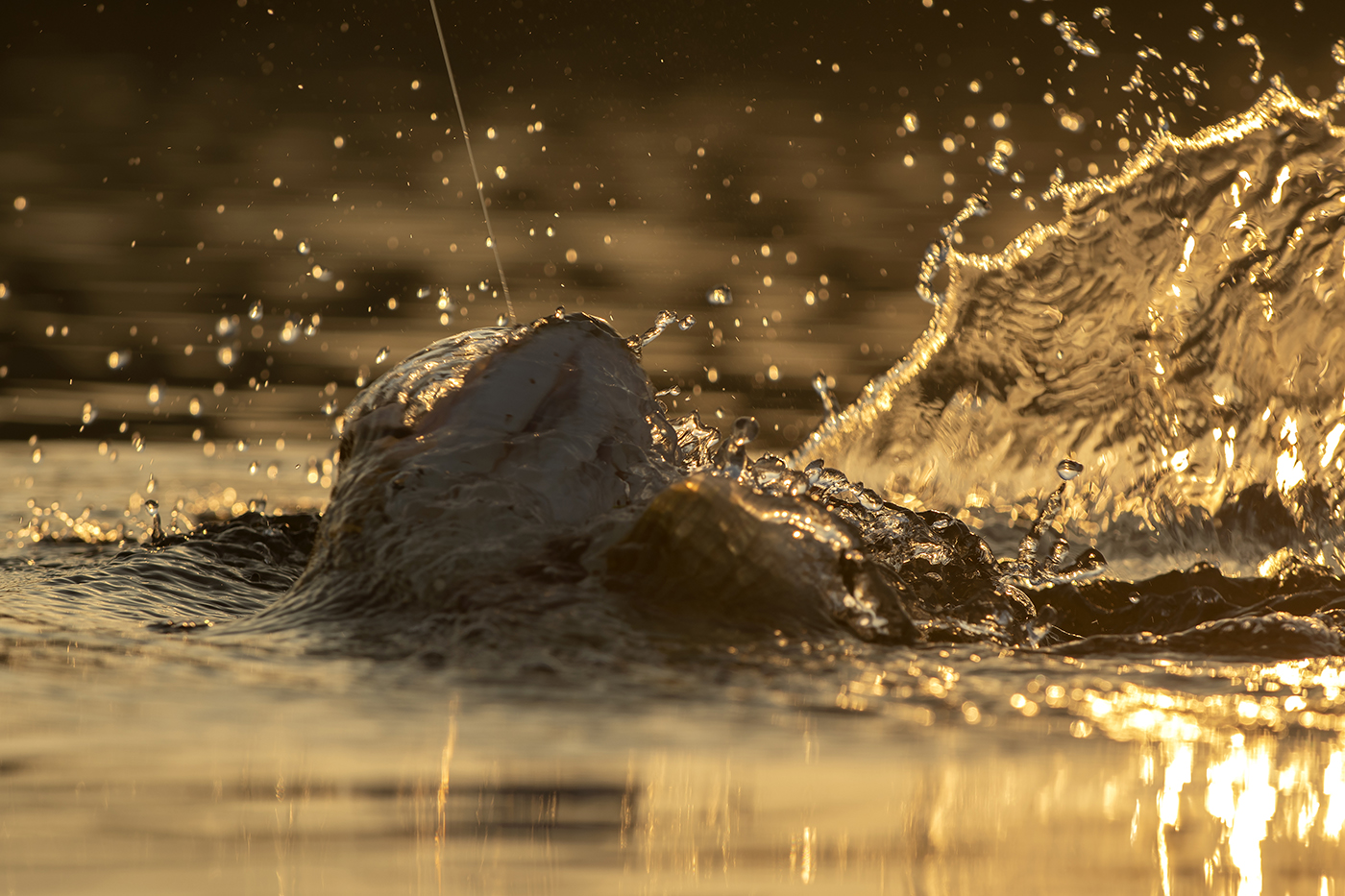
After a few week with hook releases, let us first say a big “THANK YOU” to everyone who received the new hooks so well. Last weeks release of the PR 378 GB hook was extraordinary and the attention it has received has taken us a bit by surprise, and it’s kept us busy in the office with questions, orders and inquiries.

